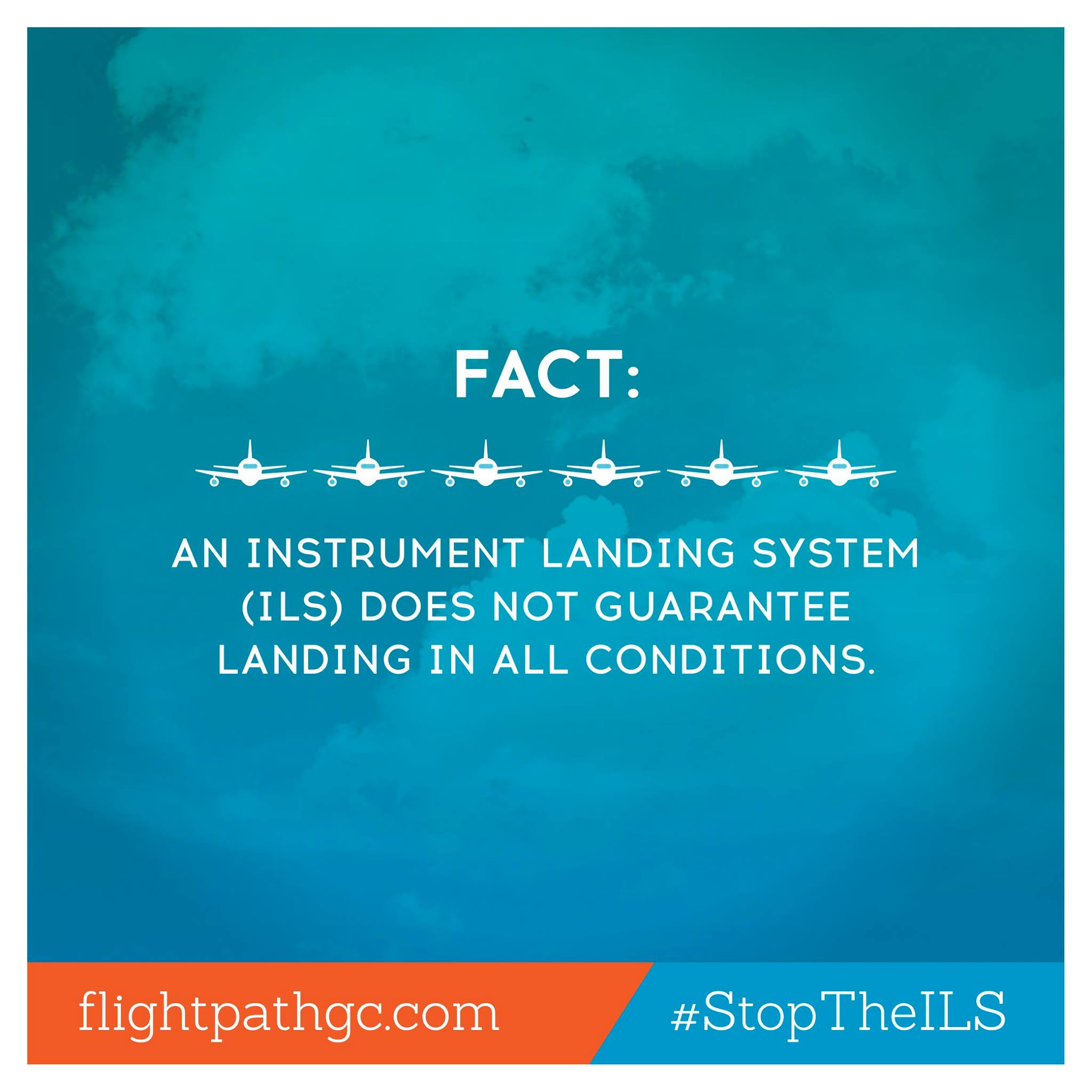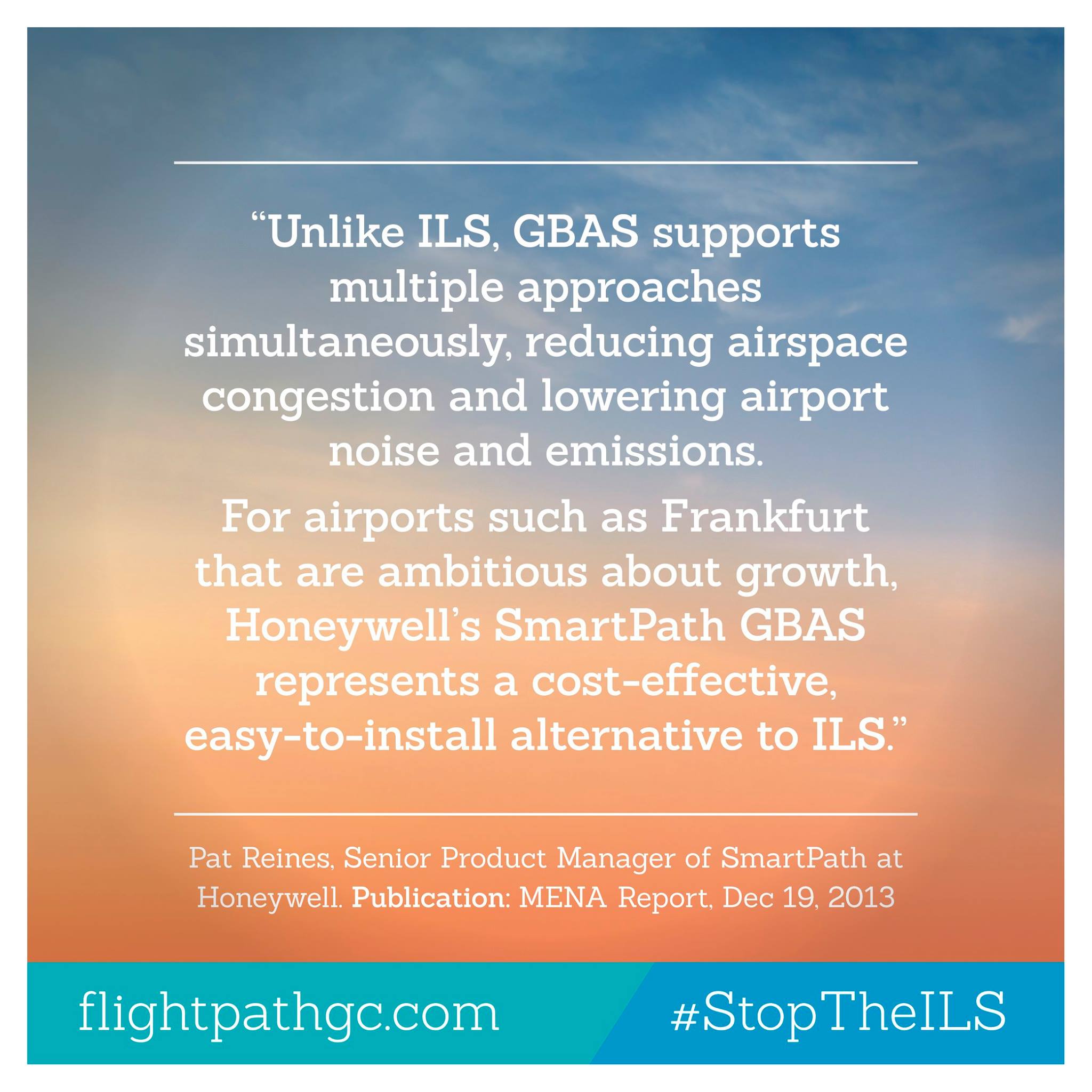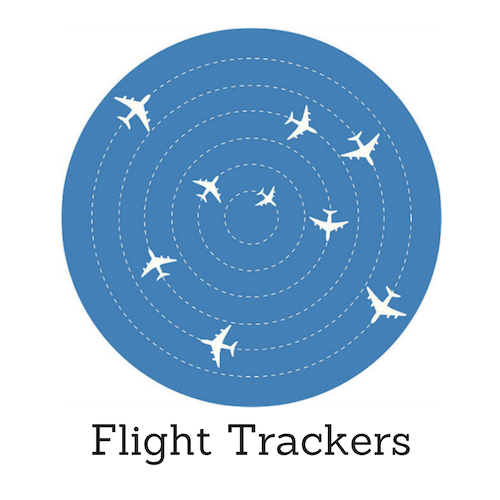Following is some background to why we opposed the ILS prior to its installation in 2019.
The Airport's stated sole purpose of the installation of the ILS, as detailed in its 2015 draft Master Development Plan, is to reduce the adverse weather related diversion rate.
Read the summary of what our research revealed about the the issue and the data regarding diversions, which we prepared as part of our submission in response to the draft ILS proposal.
WHY WE OPPOSEd THE ILS FLIGHT PATH
The Airport's MDP grossly understates the adverse impact of the ILS and fails to consider other critical impacts of, and available alternatives to, the ILS
Frequency
The ILS was not only going to be used in bad weather conditions. It was to be available for use every day of the year which meant that planes – both passenger and general aviation - could fly over the most populated residential and tourist areas of the Gold Coast any day, with volumes increasing in line with the airport’s growth forecasts
The Airport’s forecast frequency of ILS use did not include growth, and the category of flights on which the Airport based its ILS frequency forecasts will more than double over the next 16 years. International flights, which have a preference for the ILS, were forecast to increase by 600%
Also, the category in which freight aircraft are counted i.e. General Aviation, were not included in the Airport's published forecasts of ILS flight path use (refer table below for volumes)
Noise
Prior to the commencement of the flight path the Noise Ombudsman and an Airservices Australia representative warned that the additional residents affected will suffer noise levels so loud that conversations will be disrupted and people will not be able to hear their televisions as planes go over.
Airservices Australia committed to control the impacts of the new flight path via noise mitigation strategies, yet affected residents and tourists claimed that the Noise Abatement Procedures are inadequate.
The Airport's MDP did not consider the likely costs of, or the potential compensation payable for, the installation of noise insulation on properties affected by the New Flight Path. The potential compensation payable for installing noise insulation was estimated at $1.85 billion to $3.44 billion
Some aircraft, such as freight, are not subject to the Airport's curfew from 11pm to 6am.
Health & safety
Health and safety issues, particularly increases in the incidence of cardiovascular disease, have been identified as a risk of living under flight paths, in several overseas studies
The Airport's MDP did not mention, and made no assessment of, the risk associated with the occurrence of an aircraft incident within the densely populated residential area under the New Flight Path. By way of contrast, the MDP / EIS for the new parallel second runway at the Brisbane Airport includes a dedicated detailed chapter assessing the hazards and risks of airport operations
Economy
Tourists who come to relax here now have planes flying overhead while they try to enjoy our beaches, parks and National Parks. The Airport's MDP fails to give any consideration to the impact on tourism arising from a reduction in the perceived attractiveness of the Gold Coast as a tourist destination because of the New Flight Path. For example, a 10% reduction in tourism would remove $150 million each year from the Gold Coast economy
Property values have the potential to be adversely affected as air traffic increases and properties become increasingly noise impacted.
Better Alternatives
Prior to the commencement of the ILS, Gold Coast Airport was already served by safe and effective over-ocean flight paths. These can continue to be used to meet the needs of future growth. There are viable technology alternatives that can ensure that Gold Coast Airport continues to operate safely and with a very high level of reliability, without affecting the amenity of Gold Coast residents
The MDP failed to properly consider these alternatives including Required Navigation Performance (RNP), installed by the Airport in November 2014 to enhance reliability at the Airport in adverse weather conditions, or Ground Based Augmentation System (SmartPath), extolled by Airservices as being superior to ILS in terms of flight path flexibility and airport throughput
















